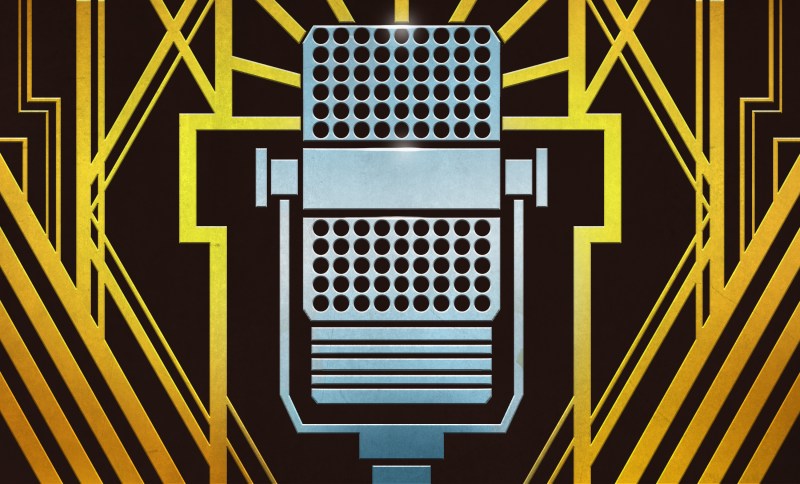Hackaday editors Elliot Williams and Mike Szczys debate the great mysteries of the hacking universe. On tap this week is news that Sam Zeloof has refined his home lab chip fabrication process and it’s incredible! We see a clever seismometer built from plastic pipe, a laser, and a computer mouse. There’s a 3D printed fabric that turns into a hard shell using the same principles as jamming grippers. And we love the idea of high-powered lasers being able to safely direct lighting to where you want it.
Take a look at the links below if you want to follow along, and as always, tell us what you think about this episode in the comments!
Direct download (60 MB or so.)
Episode 132 Show Notes:
What’s that Sound?
- That sound was from Doom 3
- Unfortunately nobody got this one right. Tune in next week for a new What’s That Sound for your next chance!
- Sad trombone, not sad trumpet.
New This Week:
- Tesla Automatic Driving Under Scrutiny By US Regulators
- Take Note: An E-Ink Tablet From Pine64
- Mike finally made a mechanical “keyboard”
Interesting Hacks of the Week:
- Robot Pet Is A Chip Off The Old Logic Block
- The Zeloof Z2 Intergrated Circuit Has 100 Transistors
- 3D Printed Smart Glasses Put Linux In Your Face
- Light Painting With An 19th Century Inspired Plotter
- USB Mouse Hack For Pachyderm Protection
- 3D Printed Fabric Stiffens On Demand
Quick Hacks:
- Elliot’s Picks
- Mike’s Picks:
















Tesla’s AI chip REVEALED! (Project Dojo)
https://youtu.be/DSw3IwsgNnc
Ties in with their self-driving ambition.
Tesla and AI…
But my guess is that it’s actually slowing them down in getting to self-driving cars (level 4 or 5 — actually self driving, and not “fully self driving” — sick burn, Elliot). Waymo and Cruise are way ahead, and both have level 4 trial programs on the road.
They do it by cheating. :) Their cars are so chock-full of sensors, LIDAR, radar, and like 4x as many cameras, that they’re omniscient, but essentially unaffordable. So while Tesla is trying to get by with minimal data because they want to be able to sell you the cars, the others are making research-only cars that work right now.
If there’s one thing that we’ve learned from the last decade of machine learning, it’s that the quality and quantity of data is king. Garbage-in-garbage-out, and Tesla is limiting itself to garbage, relatively speaking. This is somewhat unfair b/c Tesla is forced to make money selling cars, while Waymo and Cruise are funded by their parent companies.
But if I were guessing who gets to “self-driving” first, well, I’d be about a year late to the game. :)
Will vision-only self-driving cars ever be reasonably safe? I’d be hesitant to say no. But it surely ain’t the fast or easy road, and still I’d rather have a radar in the car, b/c it can see things that cameras can’t, like through fog and against sunlight. But that’s pricey.
Strange to be calling Tesla “cheap”. Anyone know how much Waymo ponies up for one of their vehicles?
Well maybe following the brain model. After all we get by without lidar or radar and have for years. But much like the brain a lot of power needs to be thrown at the problem. Kind of what he’s doing.
https://semianalysis.com/tesla-dojo-ai-super-computer-unique-packaging-and-chip-design-allow-an-order-magnitude-advantage-over-competing-ai-hardware/
And while quality is important. Too much quantity isn’t good either. From point clouds, to radar echoes, to color vision that’s a lot to deal with in a mobile platform.